Guide to Stainless Steel Pipe Rolling:
Process, Benefits, and Applications
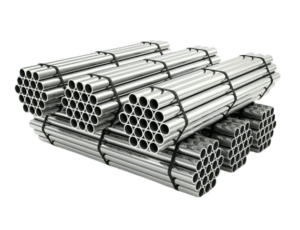
What is Stainless steel pipe rolling?
Stainless steel pipe rolling is a process that shapes stainless steel into cylindrical pipes by passing the material through a series of rollers or dies. This process helps transform stainless steel sheets or billets into pipes of various diameters and wall thicknesses. The rolling process is fundamental in creating seamless and welded pipes, which are widely used in industries that require high-performance piping systems.
Types of Stainless Steel Pipe Rolling
There are two main types of pipe rolling: hot rolling and cold rolling.
Hot Rolling: Involves rolling stainless steel at high temperatures, usually above the metal’s recrystallization point. This makes the material easier to shape and results in a rougher surface finish. Hot rolling is ideal for producing larger pipes and for applications where the surface finish is not critical.
Cold Rolling: This process happens at room temperature and improves the mechanical properties of the stainless steel pipe, such as its strength and hardness. Cold-rolled pipes have a smoother surface and tighter tolerances, making them suitable for more precision-based applications.
Seamless vs.Welded Stainless Steel Pipes
One important distinction to make in stainless steel pipe rolling is between seamless pipes and welded pipes.
Seamless Stainless Steel Pipes: These are produced by rolling a solid billet through a piercing mill to create a hollow tube. They are highly durable and preferred for high-pressure and high-temperature environments because they do not have a welded seam that can weaken over time.
Welded Stainless Steel Pipes: These pipes are made by rolling stainless steel sheets and then welding the edges together. Welded pipes are cost-effective and sufficient for many applications that don’t require extreme pressure or temperature resistance.
Key Benefits of Stainless Steel Pipe Rolling
The rolling process provides several benefits to industries that rely on stainless steel piping systems:
Strength and Durability: The rolling process enhances the strength of stainless steel, especially in cold rolling, which increases its hardness and tensile strength.
Corrosion Resistance: Stainless steel pipes produced through rolling have superior corrosion resistance, making them ideal for industries like oil and gas, marine, and chemical processing, where exposure to corrosive environments is common.
Cost-Efficiency: Rolling stainless steel pipes, especially in continuous rolling processes, can reduce material waste, making it a cost-effective method of pipe production.
Customization: Pipe rolling offers flexibility in producing pipes of various diameters, lengths, and wall thicknesses, allowing manufacturers to meet the unique needs of different industries.
Applications of Rolled Stainless Steel Pipes
Stainless steel pipes produced through rolling are used in a wide range of applications due to their versatile properties:
1. Oil & Gas Industry
Stainless steel pipes are essential for transporting petroleum and natural gas, especially in offshore rigs where pipes are constantly exposed to corrosive seawater. The corrosion resistance of stainless steel ensures that these pipes have a long service life, even under harsh conditions.
2. Food and Beverage Industry
Hygiene is critical in the food and beverage industry, and stainless steel’s resistance to corrosion and bacterial growth makes it the ideal material for transporting liquids and gases in sanitary conditions. Rolled stainless steel pipes are commonly used in breweries, dairy processing, and beverage production.
3. Chemical Processing
Stainless steel pipes are resistant to various chemicals, including acids and alkalis. This makes them an excellent choice for chemical processing plants, where pipes must handle aggressive fluids without corroding.
4. Construction and Architecture
In addition to its functional benefits, stainless steel’s aesthetic appeal makes it popular in architectural projects. Rolled stainless steel pipes are often used in the construction of structural frameworks, handrails, and decorative elements in modern buildings.
5. Marine Industry
Due to their high resistance to seawater corrosion, stainless steel pipes are widely used in the marine industry, including shipbuilding, offshore platforms, and desalination plants.
Challenges in Stainless Steel Pipe Rolling
While stainless steel pipe rolling offers many advantages, there are challenges that manufacturers must overcome:
Handling Tough Materials: Certain stainless steel grades, especially those with high strength or hardness, require higher pressures and temperatures to roll effectively, increasing wear on the rolling equipment.
Springback Issues: During the rolling process, stainless steel pipes can experience springback, where the material tries to revert to its original shape. This can cause issues with dimensional accuracy and must be carefully managed.
Maintenance of Rollers: The rollers used in pipe rolling endure significant stress, and wear can affect the quality of the pipes. Regular maintenance and replacement of worn-out rollers are essential to maintain high production standards.
Innovations in Stainless Steel Pipe Rolling
The stainless steel pipe rolling industry is continually evolving, with several innovations improving efficiency and product quality:
1. Automated Rolling Systems
Modern rolling mills often incorporate automation and robotics to improve precision and reduce manual labor. Automated systems help manufacturers achieve tighter tolerances and higher throughput.
2. Energy-Efficient Rolling Mills
Manufacturers are increasingly adopting energy-efficient rolling technologies to reduce their environmental footprint. These innovations help save energy during the production process and make stainless steel pipe rolling more sustainable.
3. Laser Welding and Rolling
In some welded pipe production processes, laser welding is used to create cleaner, stronger seams. Laser welding, combined with rolling, produces pipes with minimal material waste and high precision, ensuring stronger, leak-proof seams.
Quality Control in Stainless Steel Pipe Rolling
Ensuring the quality of stainless steel pipes is critical for industries that depend on them. Quality control measures include:
- Ultrasonic Testing: Used to detect internal defects in the pipes, ensuring there are no cracks or weak spots.
- Hydrostatic Testing: Pipes are subjected to high-pressure tests to ensure they can handle the required operating conditions.
- Dimensional Inspections: Ensuring the pipe’s diameter, wall thickness, and length meet the necessary specifications.
Conclusion
Stainless steel pipe rolling is a vital manufacturing process that provides industries with high-quality, durable, and corrosion-resistant piping systems. The flexibility of the rolling process allows for the production of pipes that meet specific industry requirements, whether for oil and gas, chemical processing, or marine applications. With continuous advancements in technology and a focus on sustainability, the stainless steel pipe rolling industry will continue to evolve, providing even more efficient and reliable solutions for critical infrastructure and industrial systems.
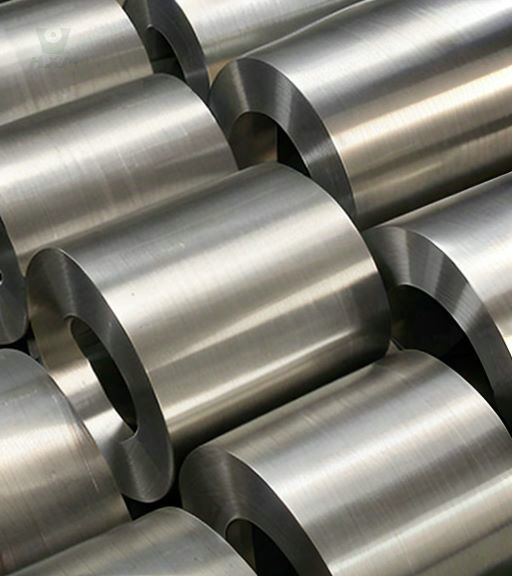
Duplex Steel 2205 Coils: Understanding the Applications and Uses
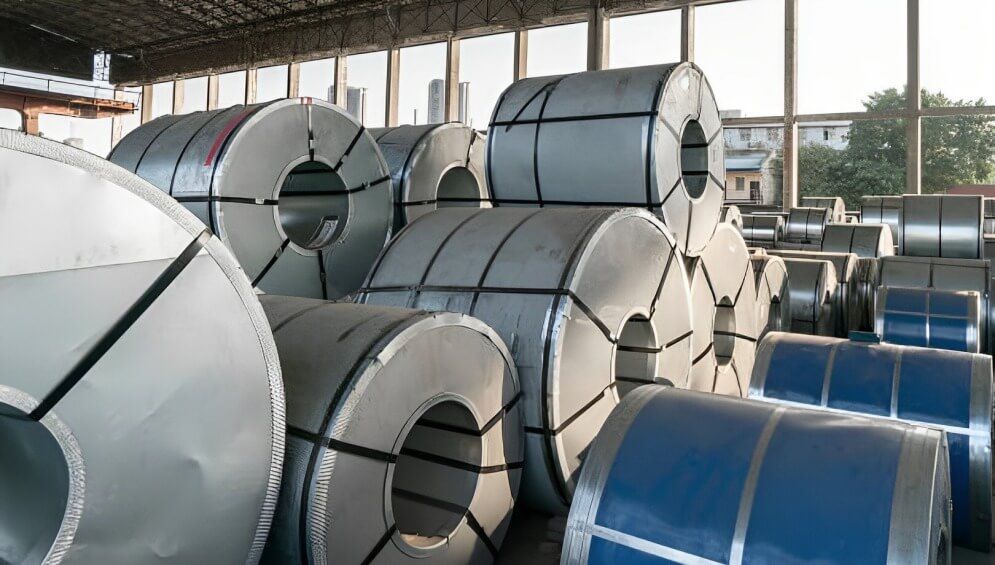
What Are Steel Coils Used For ?
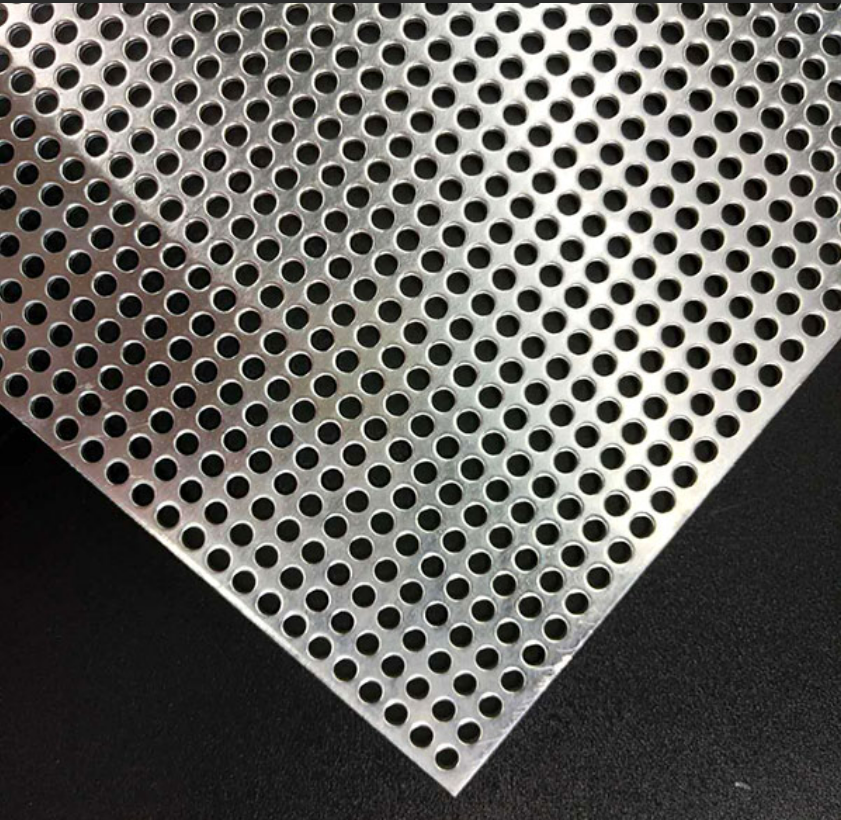
Top 10 Applications of Perforated Metal in Architectural Projects
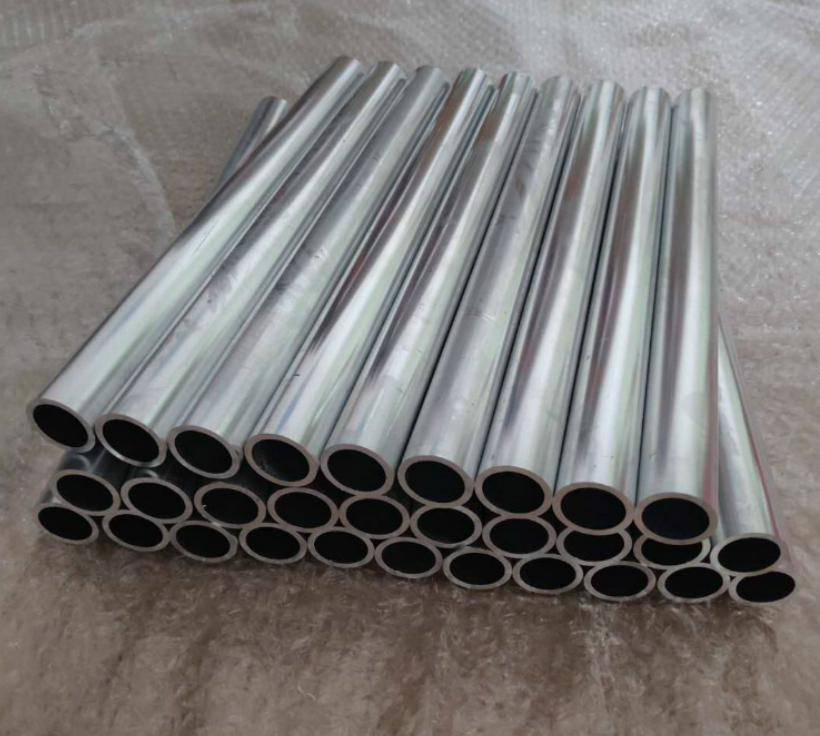
How Are Stainless Steel Welded Tubes Made?
Huaxiao Stainless Steel is Here to Help
Contact us today to learn more about our Stainless Steel Products selection. You can also request a quote to start your order.



